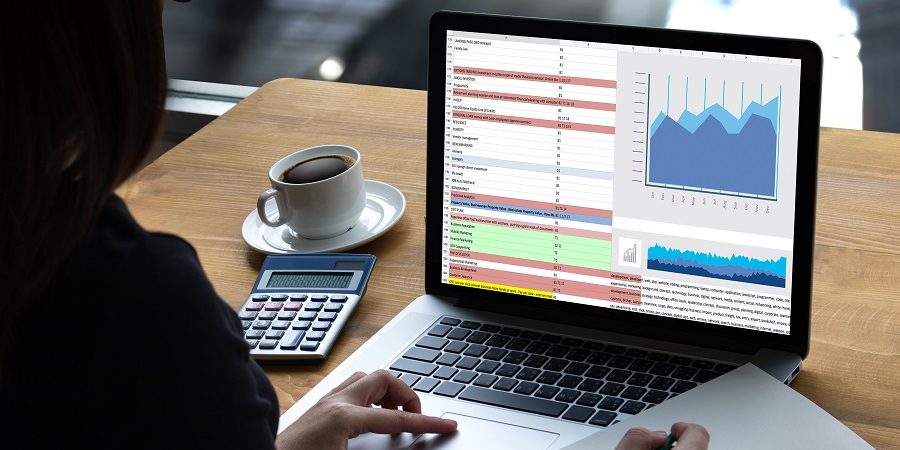Management performance expert H. James Harrington once said, “If you can’t measure something, you can’t understand it … If you can’t control it, you can’t improve it.” This rule applies in all types of businesses, and restaurants are no exception. From point of sale (POS) data broken down by time, date, and ingredient to social media information about customer preferences, restaurant big data yields restaurant owners invaluable insight into their business, which, in turn, helps increase customer satisfaction.
Getting to Know Your Operation
Reviewing restaurant big data generated within your business’ four walls will yield answers to many common questions about your operations and your customers. With this data you can get to know your customers better and then market to them more effectively. Data analysis also allows you to more readily identify trends and make accurate predictions based on solid information rather than intuition or hearsay.
For example, restaurant big data can provide the answers to question such as:
- How often are we selling a particular beverage or menu item?
- Is there a particular customer demographic that is buying a certain item?
- What is our table turn rate?
- How well are individual promotions received in general?
- Which customers are (or are not) responding to offers and promotions?
- How often does the kitchen run out of particular ingredients?
Based on the answers big data can provide, staff can upsell items more effectively and perhaps focus upselling efforts on the most receptive customers. Businesses can also make more informed decisions on how much impact technology solutions designed to improve operations, such as tablet-based point of sale (POS) systems, inventory management solutions, pay-at-the table technology, and reservations and seating management applications, can have on the bottom line and on customer satisfaction.
Getting to Know Your Customers
Big restaurant data can also tell you a lot about your customers. Restaurants can gain a total view of their customers by analyzing data from all sources such as the POS, loyalty program, and social media. It then becomes possible to choose the right strategies that will appeal to your customers, for example:
- Customizing the dining experience for repeat customers. Review restaurant big data to identify customers who always order the same beverages or similar dishes. Then, personalize these guests’ dining experience by suggesting menu items they have yet to try, but will probably love based on preferences brought to light by this information.
- Targeting customers with email, text, and social media communication. Restaurant big data simplifies the process of segmenting your customer list and determining which may be most receptive to a particular offer. For example, it’s easy to determine which guests always place a takeout order for a Tuesday night special on their way home from work. Similarly, it’s a snap to increase sales on a slow day by offering a discount on a favorite of a certain group of customers.
Consistently providing the caliber of customer experience that fosters customer satisfaction remains critical to a successful restaurant business. Gathering restaurant big data and leveraging it to give guests more of what they want will ensure that your operation’s customer satisfaction level reaches and remains at record highs.







